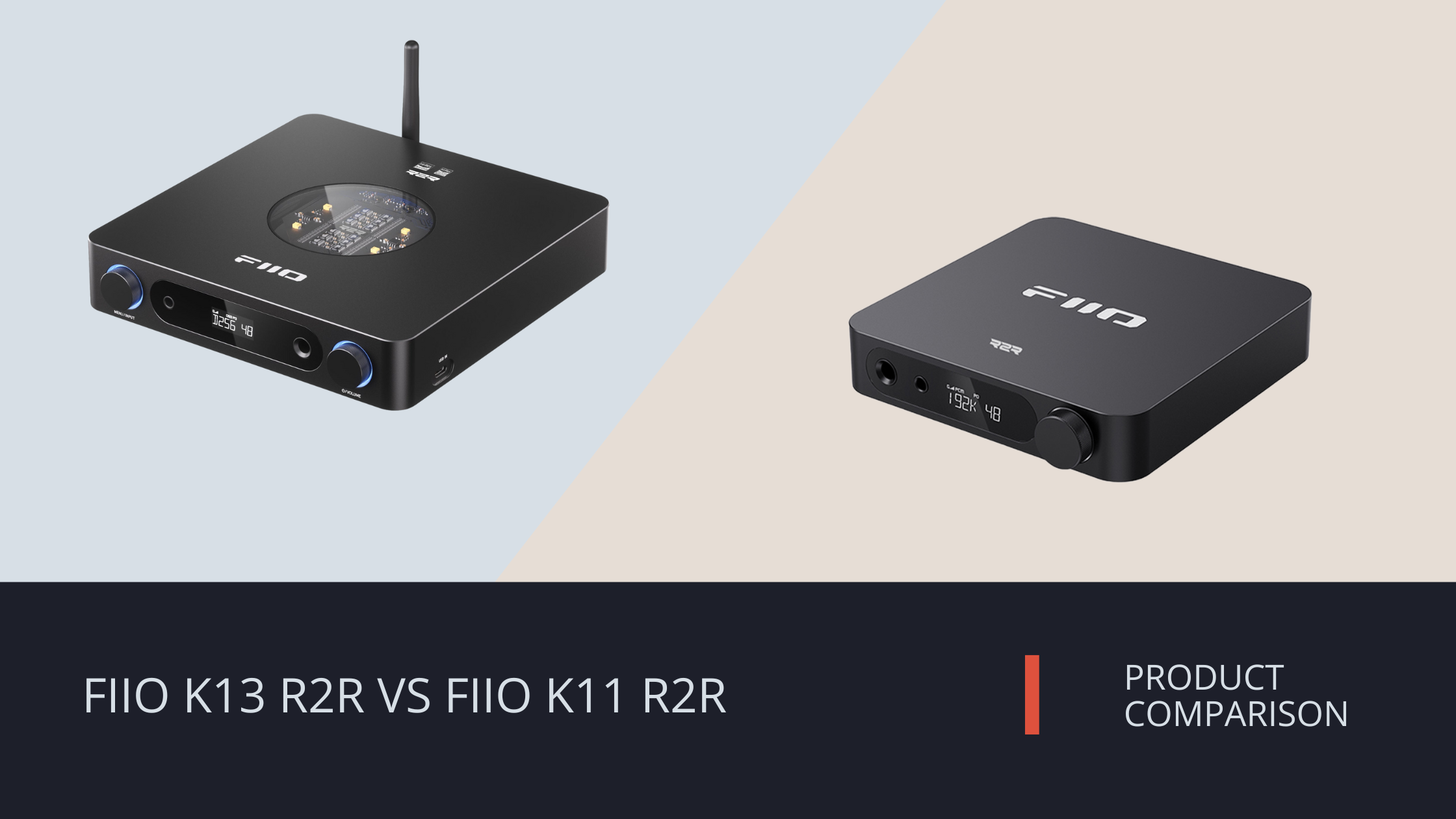
What's a Military-Spec Tube?
Built for the battlefield: JAN and military-spec tubes
Before tubes were cherished by audiophiles, they were built for war. In the 1940s and ’50s, militaries around the world required vacuum tubes that could survive rough handling, wide temperature swings, and constant use. At the time, these weren’t boutique items for audio equipment. They were tools of survival, engineered for radios, radar, and communication gear in ships, tanks, and aircraft.
Those same qualities that made them dependable in combat—tight tolerances, thicker glass, better vacuum seals—also make them exceptional in audio circuits today.
What “JAN” really means
JAN stands for Joint Army-Navy, a procurement standard created by the U.S. during World War II. When a tube carries a JAN marking, it means it was manufactured under military contract and tested against strict specifications for durability, consistency, and longevity.
These tubes often feature reinforced micas to reduce microphonics, extra-thick getter deposits, heavier-duty plates, and tougher bases or pins. They weren’t made to sound “better” necessarily; they were made to not fail. But the side effect of that reliability is sonic excellence: lower noise floors, tighter tolerances, and stable bias even after thousands of hours.
Why collectors and audiophiles seek them out
JAN and other military-spec tubes have earned a reputation for quiet operation and long life. Their consistent internal structure means you can match pairs more accurately. Their low microphonics make them perfect for phono and preamp stages. And because they were produced by top-tier manufacturers—RCA, Sylvania, GE, Raytheon, Tung-Sol, and others—they often represent the best output those factories were capable of.
Many carry dual markings: a civilian type number (like 12AX7) alongside the military designation (like VT-100). The sound tends to be neutral and clean—less romantic than some commercial variants, but rock-solid and dependable.


